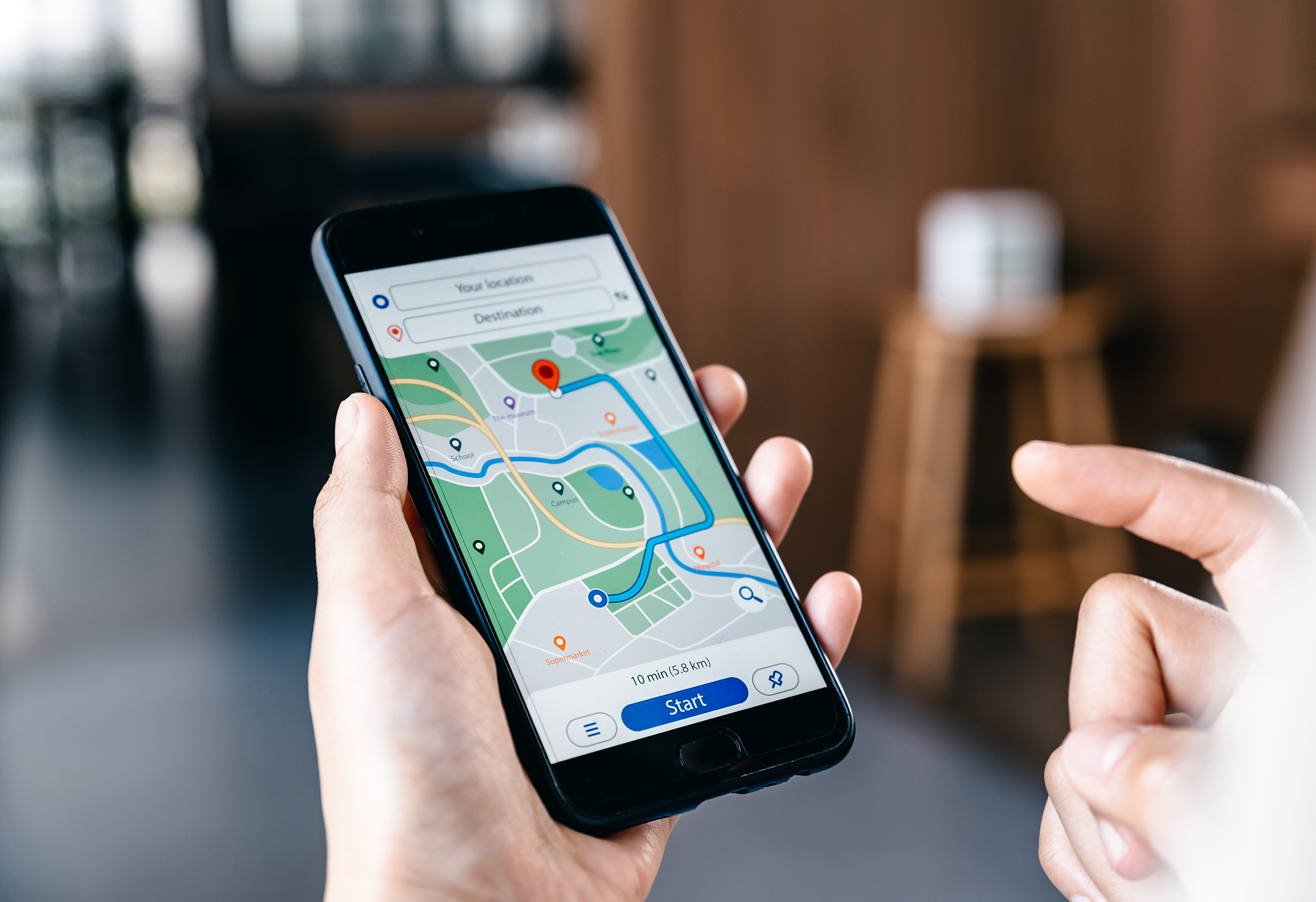The hidden impact of Google Business Profiles on multi-location brands

If your business is not on Google, it basically does not exist in today’s world. So, perhaps it is a not so secret, secret, that Google Business Profiles (GBP) can have a huge impact on multi-location brands. If you run a multi-location brand, ensuring each location has a GBP where relevant will help ensure you can drive more foot traffic, leverage local SEO, and generate more interest in your locations. The good news is that Google makes it very easy to manage multiple profiles, leaving you no excuse but to optimize your location’s GBPs.
The importance of Google Business Profiles for Local SEO
Just think about how many times you have searched for something in your town or near you. It makes perfect sense that optimizing each location for local SEO keywords will drive more foot traffic and online conversions as well. (We recently touched on the importance of hyperlocal marketing and optimizing each location to get the best results in another of this month’s articles which is worth a read.) GBPs can drive foot traffic by pointing hot leads in the direction of one of your locations when they are in the area or searching for services “near me”. However, this means that each physical location will need it’s own profile with an accurate location, open hours, link to a website or landing page, phone number, and any additional information if necessary. Unfortunately, if your locations do not have different phone numbers or are not registered as different entities, you will not be able to create multiple profiles for them and they will have to be listed under one.
The other way that a GBP helps with local SEO is through reviews and reputation management. Each location can solicit specific reviews for their location, giving the location more clout on Google and serving as a great reference for potential customers. As a multi-location brand, it’s incredibly important to make sure that each location is responding to the reviews, both positive and negative, and passing on opportunities to improve.
Managing multiple GBP location profiles
Google makes it easy to add and manage multiple profiles in one place. For 10 or more businesses, you can add and manage all of the profiles by creating a business group. This account allows you to manage the location information and also run location-based adds for all of your associated locations. If you would like each location to manage their own profile, that is an option as well, just know that they will need to verify the profile to be featured.
If you do not have one centralized manager for the locations, it would be best to set guidelines and regulations around what each location must include in the profile, how often they should ask for reviews, how often photos and videos need to be updated, and how ad campaigns are implemented. Then, make sure to share relevant best practices and insights from each location to help boost all of the locations and ensure no one location has to be the “guinea pig” for new initiatives.
The utility of GBP Performance
Google loves data, and that works in favor of multi-location businesses. One incredibly useful tool is GBP Performance metrics which replaces GBP Insights reporting. Google has been making improvements on the type of information available and how often it is updated, hence the change. Performance reporting allows you to track a variety of metrics about all of the locations in one business profile or a single location. This is a goldmine of valuable insights for multi-location businesses!
With GBP Performance, you will have access to the following metrics:
- Searches – Outlined here are the search terms and avenues that people input to reach your profile. It’s a shortened user journey.
- Profile Views – How many unique visitors have viewed the profile and on what device and platform.
- Direction requests – This metric counts the number of times people click on the direction request button and now shows the location when the request was made as well. Google is working to make this as accurate as possible, and to take into account cancellations and spam.
- Calls – If you have a business phone number on your profile, this metric shows the number of times people have clicked on the call button.
- Website clicks – Same as above, just for the website or landing page that is included in your profile. If you have one website for all locations, consider comparing clicks across all locations to see what works best to drive people to the website.
- Messaging Metrics – Google provides different metrics around messaging requests, including average message response time, message response rate which are collected monthly.
There are other metrics as well, but you will need to set up different services for the locations to get that information, such as bookings, products, food orders, menus, etc, which may not be relevant to some multi-location businesses. Overall, GBP Performance reports are incredibly valuable tools to see how your audience is, or is not, responding to your location’s information.
If you need help setting up, verifying, or optimizing multiple GBPs, get in touch with the MDG team! We know Google and we know multi-location business.
